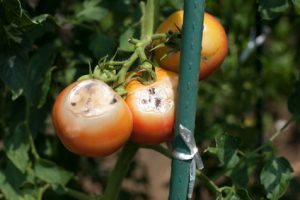The mighty Thrips and how to control these pests from destroying your plants and gardens.
 Thrips are tiny insects that may or may not have wings. There are more than 6,000 species of these horrid bugs. They can vary in size from 0.5 to 5 mm in length and are known to proliferate quickly and swarm heavily in greenhouses and indoor/ outdoor gardens.
Thrips are tiny insects that may or may not have wings. There are more than 6,000 species of these horrid bugs. They can vary in size from 0.5 to 5 mm in length and are known to proliferate quickly and swarm heavily in greenhouses and indoor/ outdoor gardens.
Thrips have a very distinctive asymmetrical mouthpart and one mandible longer than the other. Some Thrips will use their mouthparts to puncture the outer layer of plants to extract sap. Others use them to puncture the skin of other insects to extract body fluids. Yum!
Thrips that feed on plants leave visible signs of damage like blackening of the buds, flowers and fruits. If Thrips lay their eggs on plants or fruits, a small discoloration encircled by white haloes may also be present. In addition to damaging leaves and flowers, plant-feeding Thrips can spread diseases, like the necrotic spot virus and the tomato spotted wilt virus.
They have been known to even bite people!
Thrips management, as any gardener knows, is a matter of maintenance like constant vigilance to spot signs of pests and reducing the places where Thrips may breed by removing plant debris. Thrips love to lay their eggs in slits they cut in live plant stems.
A natural predator of the Thrips is the Cucumeris. The cucumeris is a mite who prefers dining on Thrips above all other bugs. They also can sustains themselves on pollen so they tend to stick around when all the bad bugs are gone until the next swarm arrives and then they can dine again on their favorite meal.
